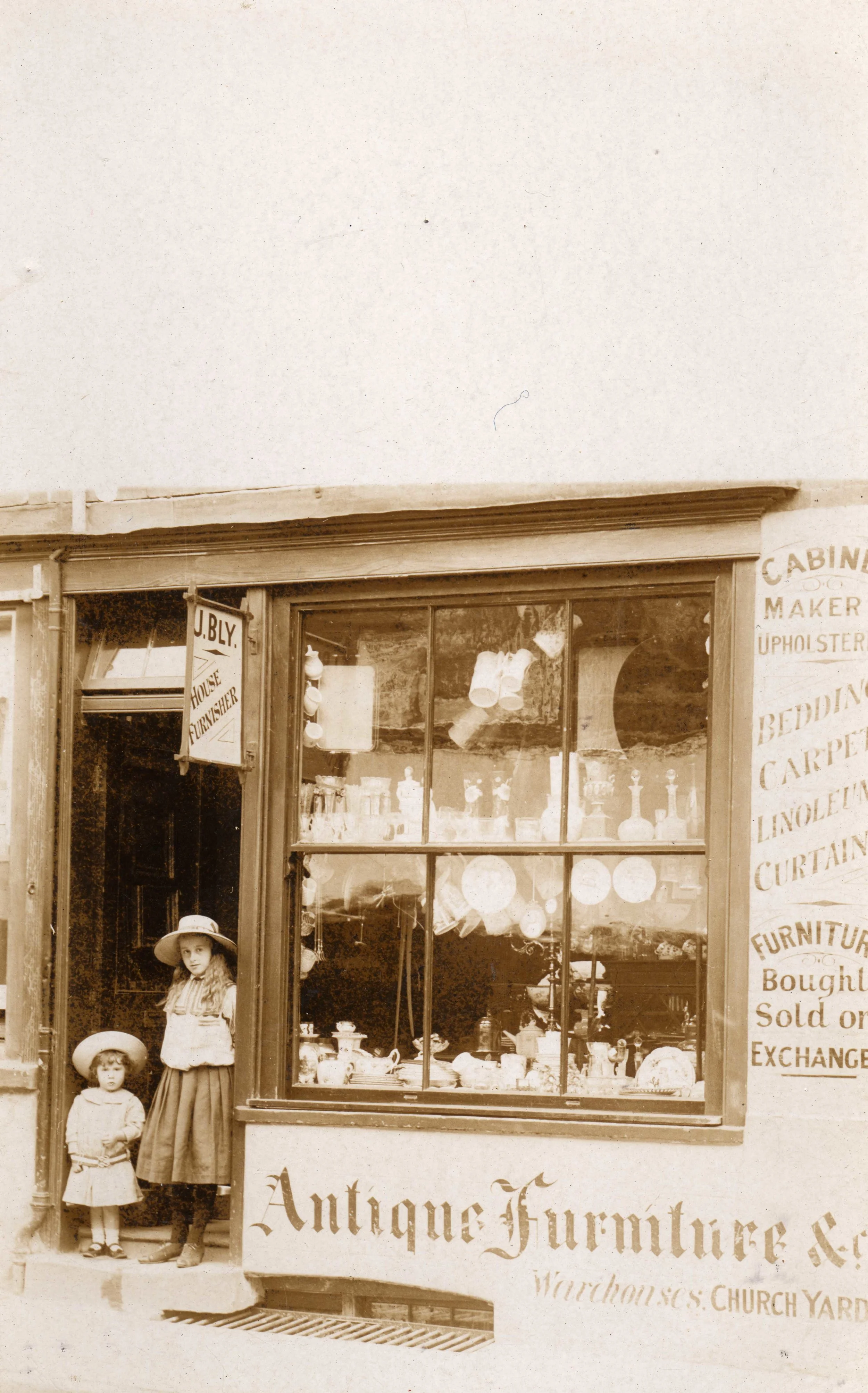There was so much bunkum created by high-end antique dealers in the 1930’s implying that recognising and pontificating on the authenticity of old furniture, porcelain, glass or whatever needs some sort of academic achievement that there is still that aura about the subject today. It was of course created to maintain a distinction between the knowledgeable dealer and his less savvy client. Talk about the blind leading the blind. I say that because so much of what was considered gospel has been rendered as myth, with grateful thanks to film and television companies paying location fees to stately homes allowing them to employ professional researchers to establish the truth about the manufacture and use of their contents, of whatever category and class. So, after the inevitable question of “What’s it worth?” has been dealt with the next remains, invariably, “How do you know how old it is?”. Whereas the standard reply used to be “Years of experience” the correct and current repost should be “It’s just common sense”. For example we couldn’t have an English Elizabeth I period hard paste porcelain coffee pot because we couldn’t make the porcelain and we didn’t drink coffee until after the 1650’s. Just a bit of social history is all you need, and maybe a smattering of politics. On October 1st 1890, the American Republican Representative William McKinley introduced a ‘protective tariff’ to safeguard domestic industries from foreign competition. It came into practice within six months with the stipulation that every import had to have the name of the country of origin indelibly and easily accessibly marked upon it. So when you see a piece of ‘antique’ porcelain, glass, silver, brass or any other material with the word England or Germany, Japan or wherever, you know it will have been made after 1891. You can amaze your friends at a boot fair with this little snippet. But 1891 was even more important for the Bly family, for that was the year when John Bly – great grandfather of James - officially registered his inherited antiques business in Tring. A year to remember for many reasons.

